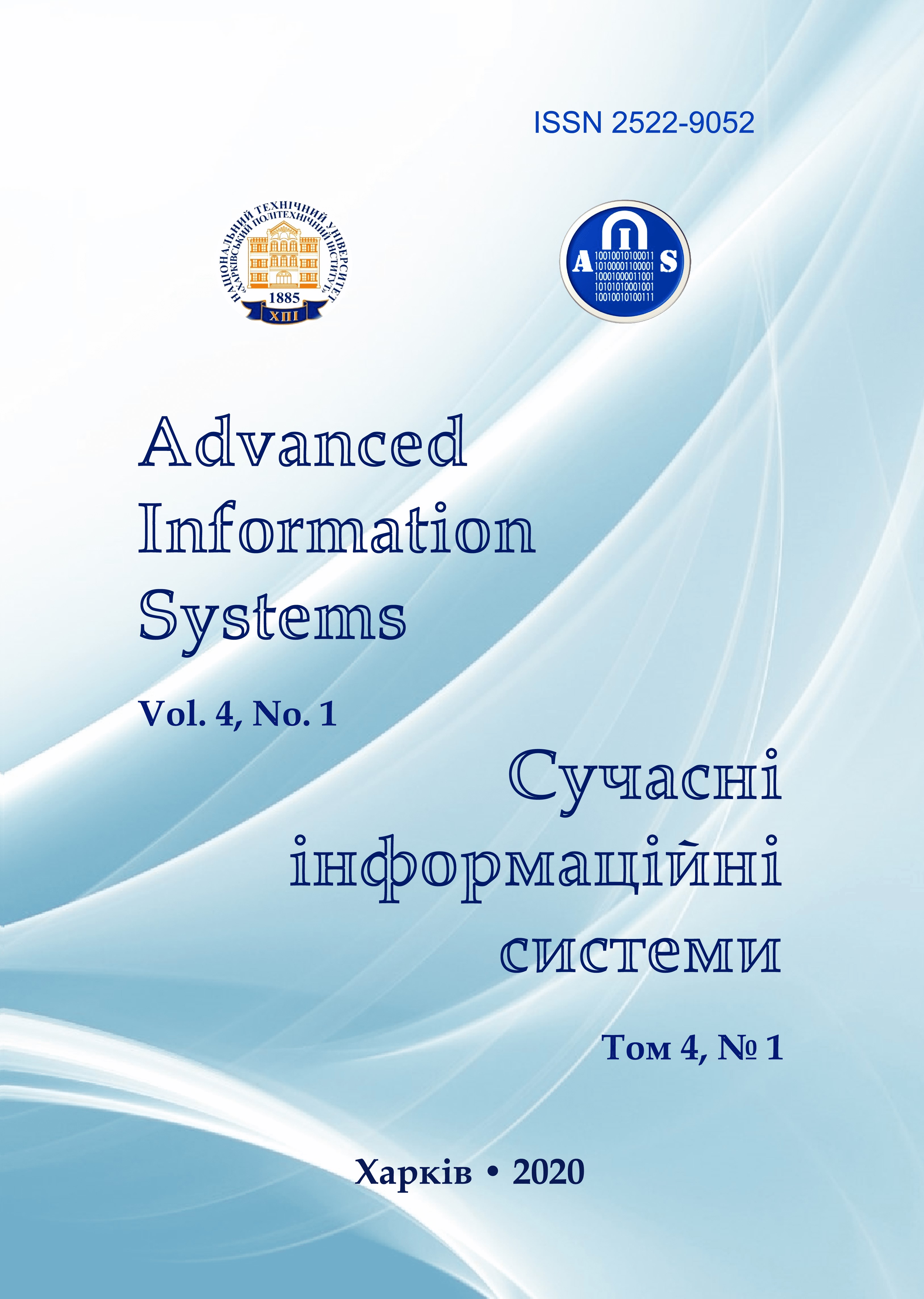FUZZY DIAGNOSTİCS OF SOİLS ACCORDİNG TO THE WORLD REFERENCE BASE FOR SOİL RESOURCES
Main Article Content
Abstract
Article Details
References
Isbell, R.F. (2002), “The Australian Soil Classification”, CSIRO Publishing, Revised Edition, Melbourne, pp.1-4.
Tsyrybka, V. and Ustsinava, H. (2018), Soil classification in Belarus: history and current problems, Physical Geography Series, 14 p.
(1999), Sistema Brasileiro de Classificacaode Solos, DF: Embrapa, Brasília, 20 p., available at:
https://livimagens.sct.embrapa.br/amostras/00053080.pdf
McKeague, J.A. (1995), Soil suruey and genesis and classification research in Canada, 7 p., available at: https://www.nrcresearchpress.com/doi/pdf/10.4141/cjss95-002
(1997), Classification of soils of Russia, Ins.of Soil named V.V. Dokuchayev, Moscow, 235 p.
(2003), Keys to Soil Taxonomy, United States Department of Agriculture, Natural Resources Conservation Service, 9 Edition, 372 p., available at: https://www.nrcs.usda.gov/Internet/FSE_DOCUMENTS/nrcs142p2_051544.pdf
Samofalova, I.A. (2012), Modern problems of classification of soils, Tutorial, Perm, 175 p.
(2006), World reference base for soil resources 2006: A framework for international classification, correlation and communication, Food and agriculture organization of the united nations Rome, 145 p., available at:
http://www.fao.org/3/a-a0510e.pdf
(2015), IUSS Working Group WRB, "World Reference Base for Soil Resources 2014", update 2015, "International soil classification system for naming soils and creating legends for soil maps". World Soil Resources Reports No. 106. Rome: FAO, 198 p.
Zadeh, L.A. (1975), “The Concept of a Linguistic Variable and its Application to Approximate Reasoning-I”, Information Sciences, vol. 8(4), pp. 301-357.
Babaev, M.P., Hasanov, V.Kh., Dzhafarova, Ch.M. and Huseynova, S.M. (2011), Morphogenetic diagnostics, nomenclature and classification of Azerbaijan soils, Science, Baku, 201 p.
